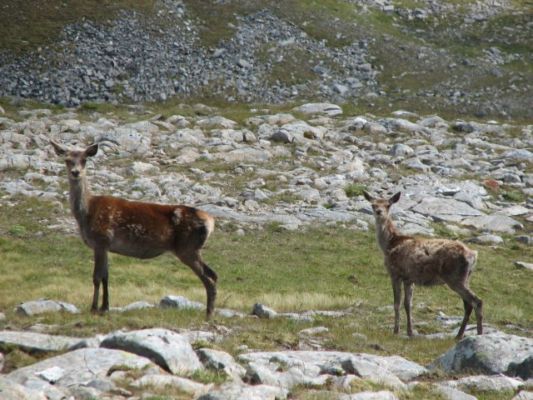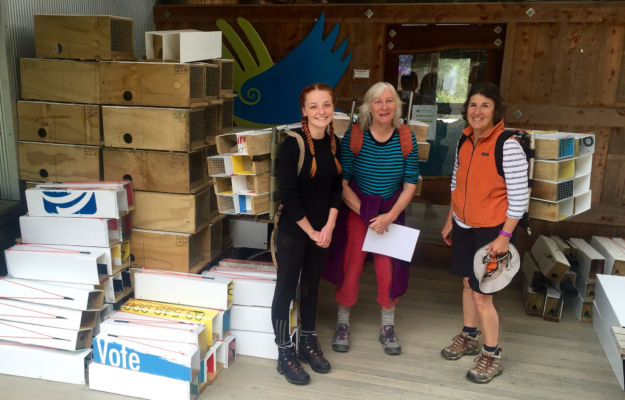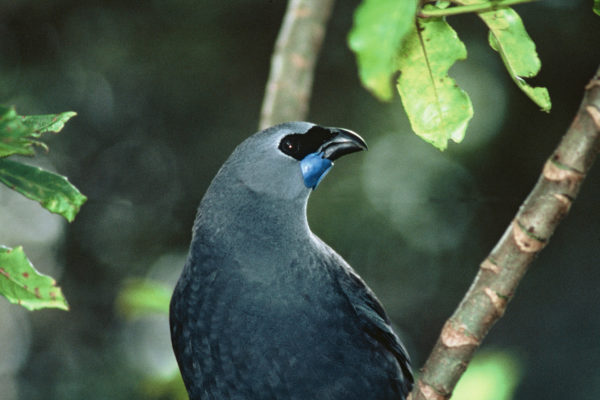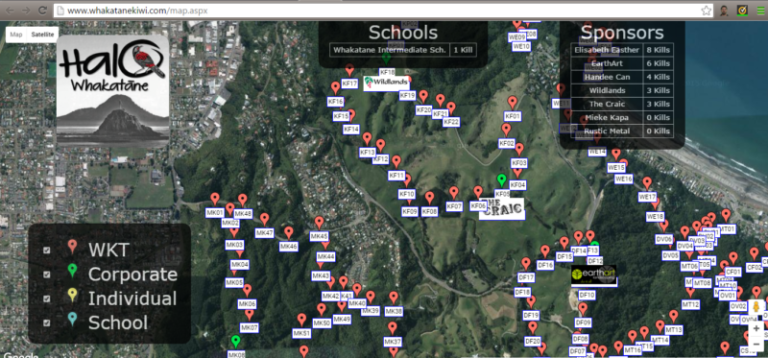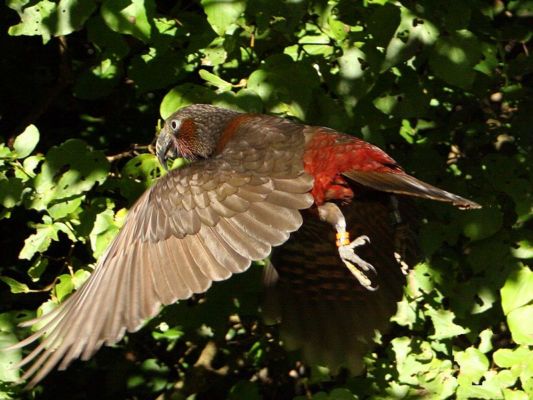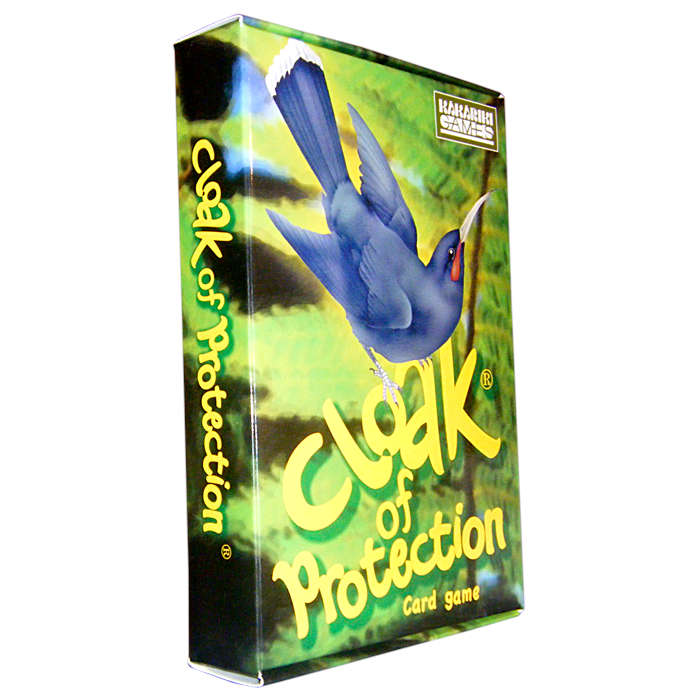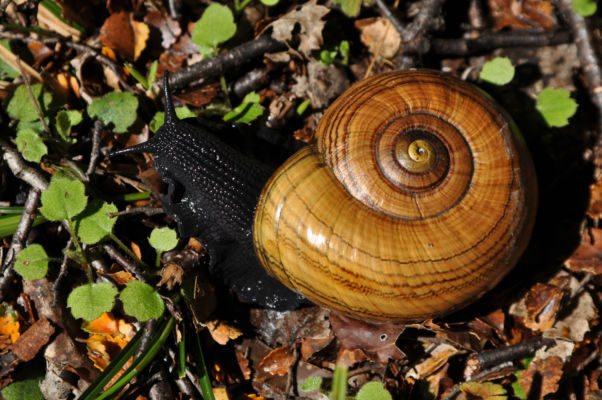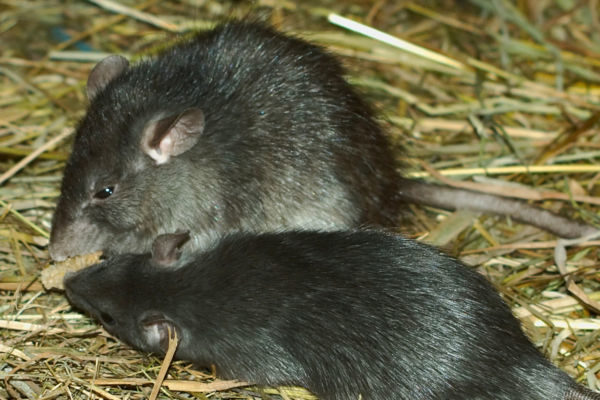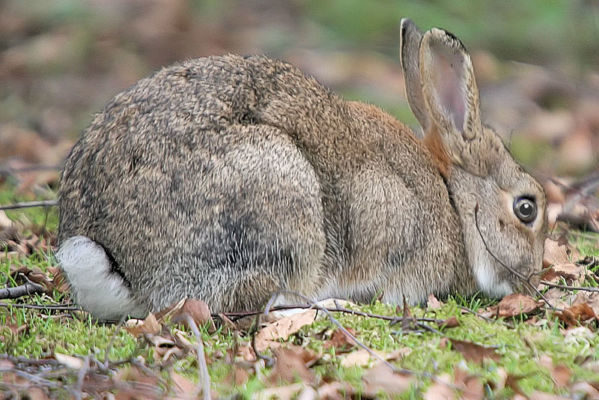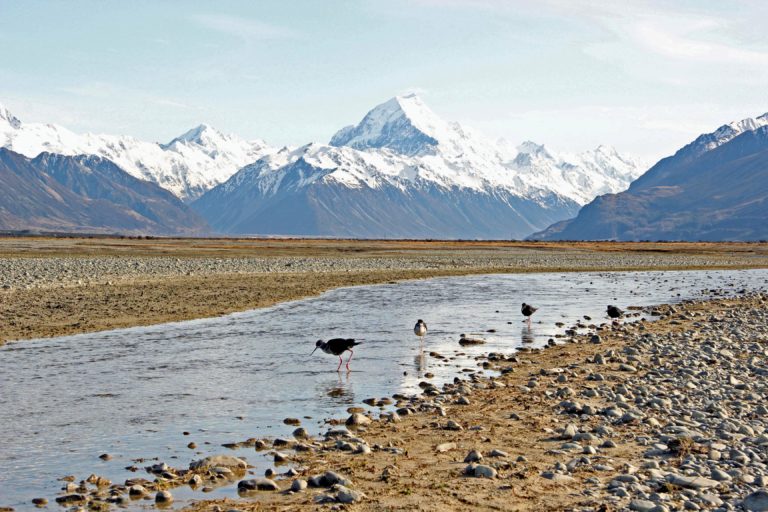Public attitudes to pest control – what does NZ really think?
Those with the most passionate and strongly held views tend to have the loudest voices in public forums – but do they represent what most…
Old water reserve becomes ‘ark to the future’
In Nelson they’re building an ark to the future. The Brook Waimarama Sanctuary is at the site of a long-abandoned water reserve – a huge…
Catching rats – getting the basics right
This is not about an amazing scientific breakthrough in new toxins or lures. It doesn’t reveal a science-fiction-like technological invention or genetic modification to wipe…
Whakatane groups unite to help kiwi
Whakatane, Eastern Bay of Plenty – it’s the Kiwi Capital of the World! According to the town’s official website, kiwi (the feathered sort), can be…
Book: Bringing back the birdsong
With intensive pest control, the Doaks have witnessed a dramatic recovery of the native flora and fauna. In ‘their coastal slice’ the natural world has…
Pest-free future under the microscope
In a paper just published online (and not available in print until 2017), some of New Zealand’s top conservation scientists review the prospects for control…
Conservation Card Game
Cloak Of Protection – the New Zealand conservation card game by Kakariki Games. To save our birds, you need to trade, draw & play to…
Rat plague threatens wetlands birds at Harbourview
Unbeknown to most Aucklanders, fernbirds and banded rails are living only 9km from their city centre. But Jeremy Painting has discovered that rats in ‘plague’ proportions are…
Rats – are they gastropod gourmets?
Rats are quick and nimble. Snails… not so much. So our native snails are very much at the mercy of introduced rats, should rats choose…
Milson Scouts take up the PF challenge
The Milson Scout troop of Palmerston North has taken up the challenge. After an inspiring talk a couple of weeks ago by Horizons Regional Councillor,…
Landcare Research takes to the tree tops in latest possum research
Landcare Research scientists have published some fascinating research recently looking at the damage possums do the forest canopy and the surprisingly long time it takes…
Predator Free Wellington – the momentum gathers…
The momentum is growing and we’re super excited about it! Wellington has just announced its plans to be the world’s first predator-free capital. Go Wellington!…
Goats, stoats and possum-fur coats: it’s carnage out there
Guest blog by Peter Heath It’s dead. Very dead, judging by the stench and the smooshed appearance of the remains – all fur, bones and…
What about the rabbits?
If we knock back ferrets and feral cats will rabbit numbers soar? It is a concern that’s frequently raised, particularly in farming areas where rabbit…
BRaid needs YOU!
Calling all Cantabrians and Southlanders – and any other South Islanders living near or exploring the region’s many braided river systems: rare and endangered river…

